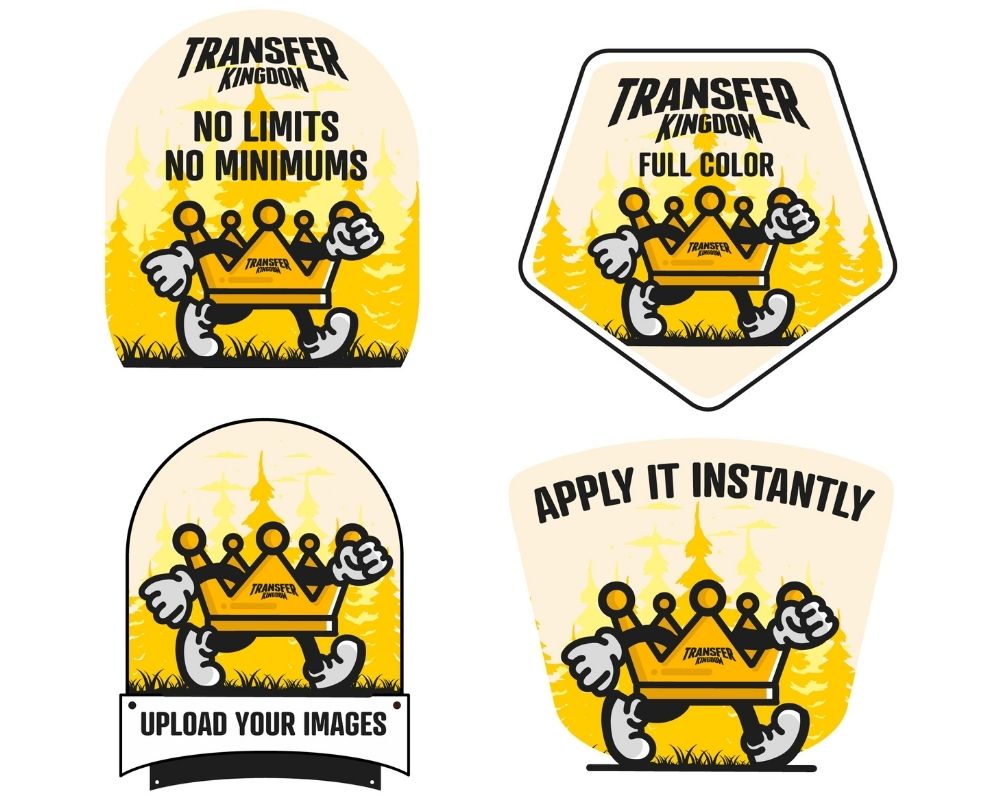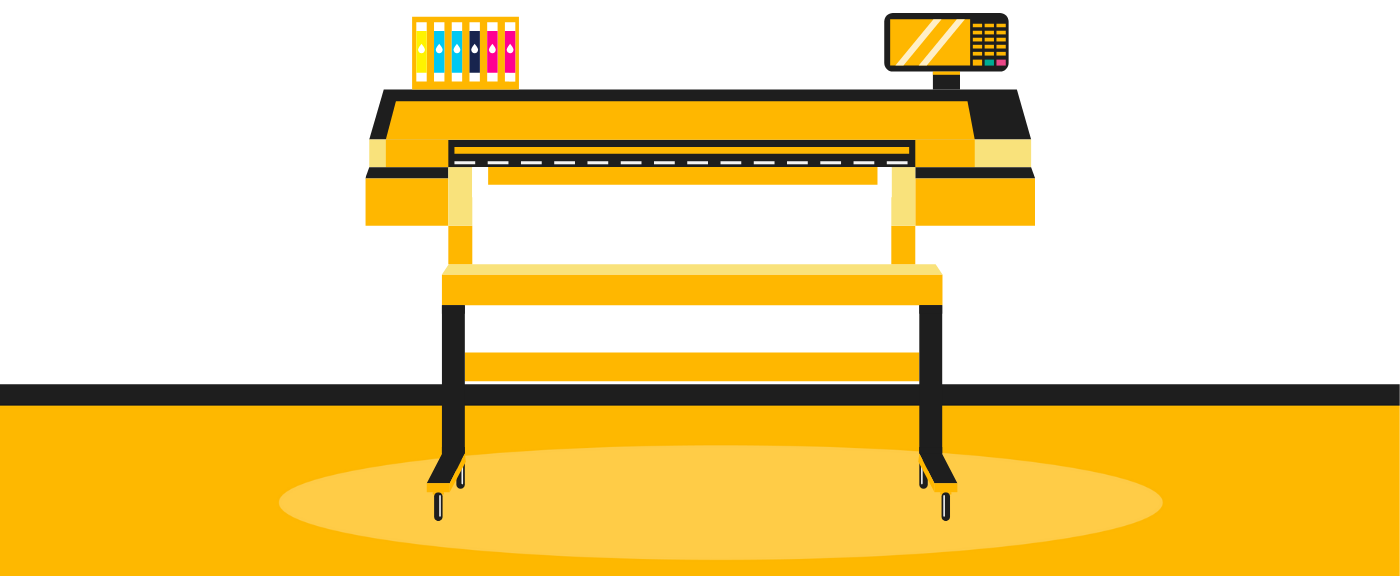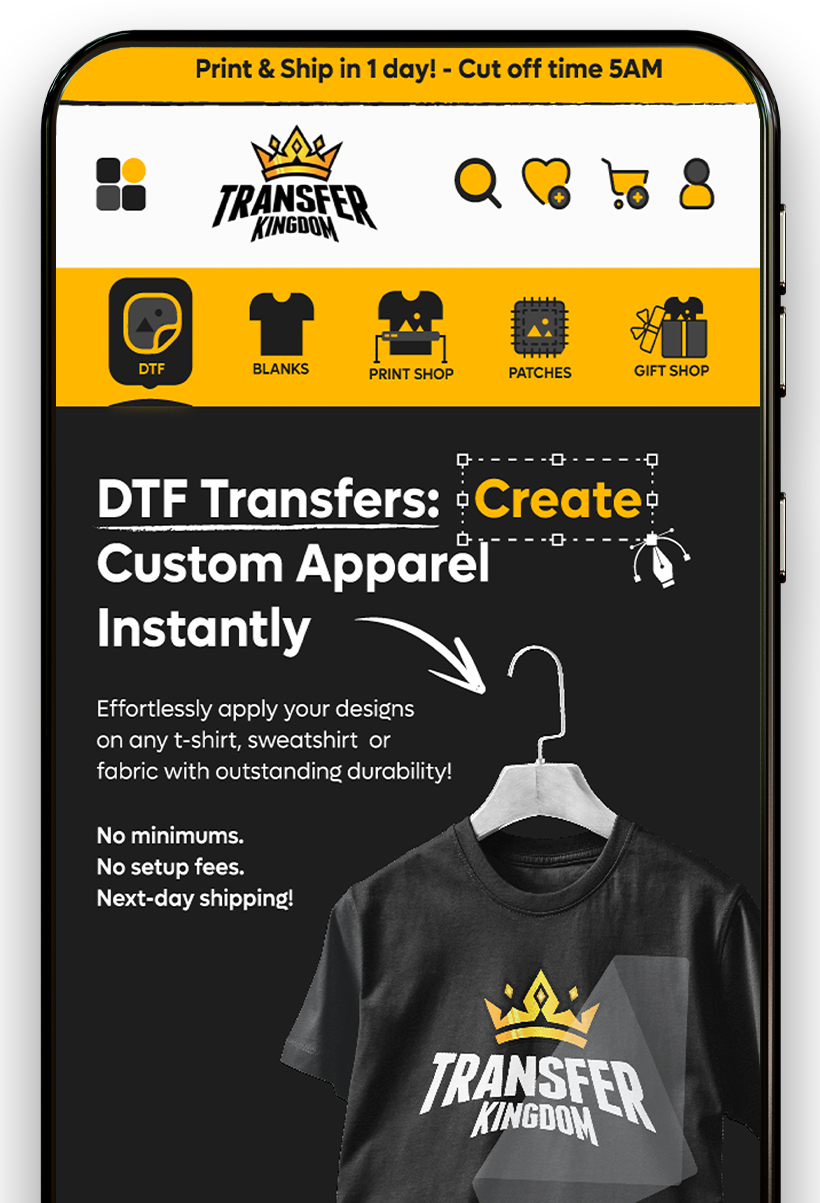UV DTF Sticker Guide: How to Apply and Benefits Explained

UV DTF stickers are transforming how businesses and creators approach customization. With their durability, wide surface compatibility, and easy application, they offer unmatched value for both personal projects and commercial use. As the demand for personalized products continues to rise, UV DTF stickers will only become more popular across industries.
UV Direct to Film (UV DTF) stickers are one of the hottest innovations in printing right now. Unlike regular vinyl or heat transfer stickers, UV DTF stickers combine durability, vibrant colors, and universal application. From small businesses customizing water bottles to large companies branding promotional products, this technology is reshaping how stickers are produced and applied.
If you’ve ever wondered how UV DTF stickers work, how to apply them properly, and what advantages they offer, this comprehensive guide will walk you through everything you need to know.
What Are UV DTF Stickers?
UV DTF stickers are made using a special UV printing process on a transfer film. Instead of printing directly onto the product surface, the design is printed on film with UV ink and then transferred to the object using a peel-and-stick method.
This process combines the flexibility of DTF (Direct to Film) with the durability of UV printing, creating a product that is easy to apply yet built to last.
How UV DTF Stickers Differ from Traditional Stickers
To better understand their value, let’s compare UV DTF stickers with standard vinyl stickers and screen-printed decals:
| Feature | UV DTF Stickers | Vinyl Stickers | Screen-Printed Decals |
|---|---|---|---|
| Durability | High, scratch-resistant | Medium, can fade | High, but limited colors |
| Application Surfaces | Almost all (glass, metal, plastic, wood) | Mostly smooth surfaces | Limited to flat areas |
| Color Range | Full-color, gradients | Limited by print process | Solid colors only |
| Waterproof | Yes | Yes, but peels over time | Yes |
| Ease of Application | Very easy, peel & stick | Easy but bubbles common | Requires setup & curing |
This versatility makes UV DTF stickers a favorite for businesses selling personalized products such as mugs, bottles, phone cases, and even promotional merchandise.
Benefits of UV DTF Stickers
1. Long-Lasting Durability
2. Wide Range of Surfaces
3. High-Quality Finish
4. Easy to Apply
5. Business-Friendly
Step-by-Step Guide: How to Apply UV DTF Stickers
Step 1: Prepare the Surface
Clean the object with alcohol or a lint-free cloth.
Make sure it’s free from dust, oil, or residue.
Step 2: Peel the Transfer Film
Gently peel off the backing film, keeping the design intact on the adhesive film.
Step 3: Place the Sticker
Align the sticker onto the surface.
Press it firmly to avoid air bubbles.
Step 4: Rub and Secure
Use a squeegee or a card to smooth it out.
Ensure all edges are pressed down properly.
Step 5: Remove the Top Film
Slowly peel off the transfer layer, leaving the UV DTF sticker perfectly adhered to the object.
That’s it—no machines, no heat, no hassle.
Common Mistakes to Avoid When Applying
Skipping surface cleaning → Oils and dust will reduce adhesion.
Not pressing firmly enough → Edges may lift over time.
Applying on wet or hot surfaces → Stickers may not bond properly.
Rushing the peel → Removing the transfer film too quickly can damage the design.
Where Can UV DTF Stickers Be Used?
UV DTF stickers are extremely versatile. Businesses and creators are using them for:
Drinkware: Bottles, mugs, tumblers.
Electronics: Laptops, phone cases, headphones.
Home décor: Picture frames, jars, ornaments.
Promotional products: Giveaways, branded gifts.
Retail packaging: Custom labels for small businesses.
Paired with DTF transfers, businesses can offer a complete product line that includes both apparel and hard goods.

Why Businesses Are Switching to UV DTF
Higher profit margins: Easy customization means products sell for more.
Faster turnaround: No setup, no drying—instant application.
Eco-friendly options: UV inks are long-lasting and require less waste compared to traditional decals.
Scalability: Whether you’re customizing 1 product or 1,000, UV DTF is efficient.
For print shops already using tools like the gang sheet builder, adding UV DTF expands offerings and increases customer retention.
Industry Forecast: The Future of UV DTF Stickers
The UV DTF sticker market is expected to grow alongside the boom in personalization and e-commerce. Forecasts suggest:
Increased adoption among small businesses selling via Etsy, Amazon, and Shopify.
Greater material variety with new films optimized for textured or flexible surfaces.
Eco-friendly inks and adhesives to meet sustainability demands.
Automated sticker production for higher-volume shops.
With global demand for customization rising, UV DTF stickers will be a core offering for businesses entering 2025 and beyond.
Suggested Visuals
Infographic: Step-by-step application process.
Chart: Comparison of UV DTF vs vinyl vs sublimation stickers.
Photo collage: Examples of applied UV DTF stickers on mugs, bottles, and electronics.
What makes UV DTF stickers different from vinyl stickers?
They’re more durable, scratch-resistant, and can stick to more surfaces.
Do UV DTF stickers need heat to apply?
No, they are applied cold—just peel and stick.
Can they be used outdoors?
Yes, they are waterproof and UV-resistant, making them suitable for outdoor use.
Are UV DTF stickers permanent?
They are long-lasting but can be removed with effort, depending on the surface.
Can I apply them to curved surfaces?
Yes, they work well on bottles, cups, and other rounded objects.
Do they fade over time?
They resist fading, but extreme exposure to sunlight may reduce brightness eventually.
Are UV DTF stickers safe for food containers?
Yes, as long as they are applied externally and not on food-contact surfaces.
Can I make UV DTF stickers at home?
You need a UV printer and transfer film, but many suppliers sell ready-to-use transfers.
Are UV DTF stickers reusable?
No, once applied, they are permanent.
Can businesses profit from selling them?
Absolutely. They’re trending in e-commerce and have strong profit margins.






